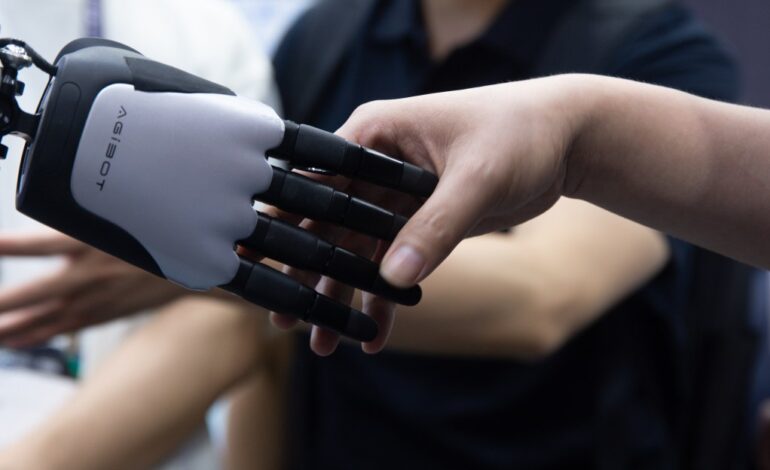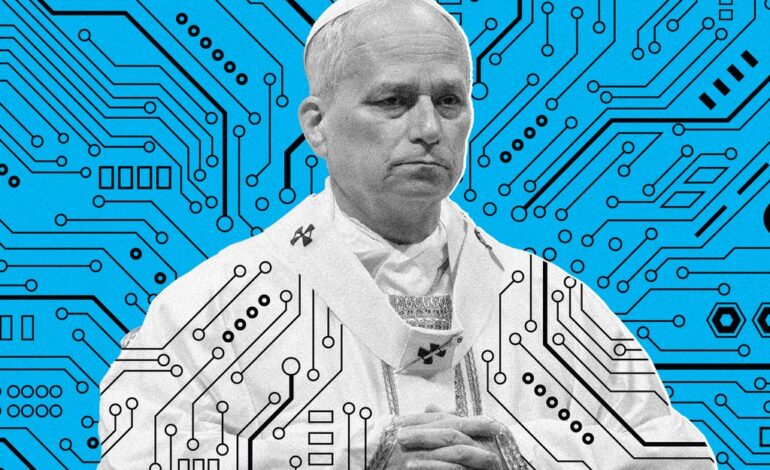
How AI’s Limitations Won’t Stop Its Impact on Employment
As AI technology, like OpenAI’s ChatGPT, evolves, its potential role in replacing human jobs becomes more plausible. While these systems lack advanced reasoning, their implementation might still significantly affect employment landscapes across various industries.
AI’s Current Capabilities and Limitations
Artificial intelligence has made impressive strides, particularly in language processing and automation. It’s important to note, however, that AI systems like OpenAI’s ChatGPT are primarily designed to handle specific tasks through pattern recognition rather than advanced reasoning. These systems are efficient at performing repetitive tasks faster than humans, but they often lack the nuanced decision-making and critical thinking skills that many jobs require. Despite these limitations, AI’s rapid development continues to raise concerns about its expanding impact on employment in sectors that require less cognitive effort.
Potential Job Displacement Due to AI
The integration of AI into work environments has sparked discussions about potential job displacement. Automated systems are adept at handling tasks like data entry, customer service, and simple analytical functions, which could lead to significant reductions in the demand for human labor in these areas. While AI systems are not yet capable of fully understanding complex human interactions, their ability to perform simpler tasks with high efficiency poses a risk to jobs traditionally performed by humans. This could require a structural shift in the workforce, emphasizing roles that harness human creativity and emotional intelligence, which AI cannot replicate.
Strategies for Adapting to AI-Driven Changes
To mitigate the impact of AI on the job market, both industries and individuals must adopt strategies that enhance the synergy between human workers and AI technologies. Companies can focus on upskilling employees, emphasizing roles that require human insight, creativity, and complex problem-solving abilities. Employees, on the other hand, can proactively seek skill development opportunities that complement AI’s capabilities. Collaborative efforts in education and workforce planning can pave the way for a future where AI and humans work side by side to enhance productivity while maintaining meaningful employment opportunities.
Conclusion
While AI lacks sophisticated reasoning, its impact on jobs is undeniable. As AI systems take on more routine tasks, the focus should shift to roles that capitalize on human creativity and problem-solving skills to ensure a balanced integration of AI in the workplace.




